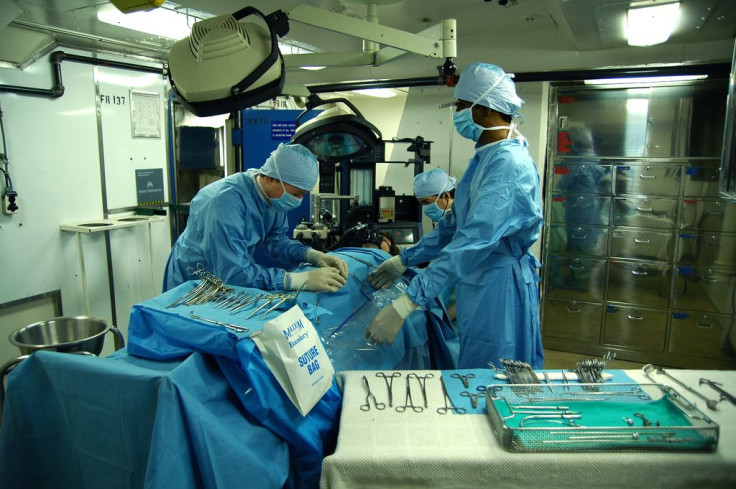Suing For Malpractice?: 70% Of Medical Errors Can Be Blamed On Technology And Equipment Failures

Advances in technology have allowed us to do things once thought impossible. However, working smarter may lead to unforeseen errors thanks to malfunctioning technology or other related issues. How many errors occur that lead to adverse events, and how can medial professional hope to avoid these errors if they are coming from useful equipment?
In a new study, researchers performed a comparison of 28 studies regarding medical errors. Researchers found that medical errors affect up to 16 percent of patients admitted to hospitals. Close to 50 percent of these adverse events are attributable to surgical procedures. Similarly, operating room contents were found to be part of the reason: 70 percent of errors are related to equipment available in operating rooms, 44 percent are due to configuration and settings of equipment in the room, as well as how accessible it was, and 34 percent are related to direct malfunctioning of equipment during use.
Most wonder how this can be the case, especially if so much time and effort are spent preparing operating rooms for procedures. Often, however, emergency procedures are performed without any preplanning and without much notice. But more importantly, the studies were based not only on emergency procedures, but also on all procedures. The rate of error is thus alarming. Between 12 and 18 percent of malpractice claims are made and approved based on equipment and technology failures.
In order to mitigate this issue, the World Health Organization (WHO) has come up with a checklist that all operating rooms must consult before and during a procedure. The checklist is meant to ensure that an operating room has all the possible equipment needed in working order. Checklists, and similar interventions, reduced equipment error by an average of 49 percent. The checklists were found to be 60 percent effective in three cases where the list was specific to the operation being performed. Preoperative and perioperative checklists have already been established as key tools to improve safe surgery, and given these results, the WHO is recommending serious use of them.
It is clear from these studies that equipment problems contribute to a substantial proportion of all error. The WHO checklist is likely to improve the positive results of procedures over time.
Source: Weerakkody RA, Cheshire NJ, Riga C, et al. Surgical technology and operating room safety failures: a systematic review of quantitative studies. BMJ. 2013.



























